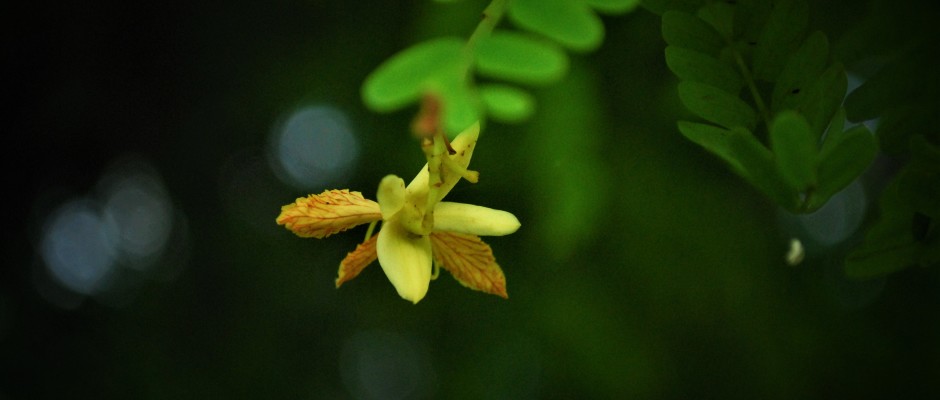Hindu Metroplus, A dash of tamarind flowers
When you walk under tamarind trees during this time of year ,the ground beneath your feet,should you chance to look down, will be coated with a light dusting of yellow.The first flowers of the tamarind trees have begun to put in an appearance and can be spotted in small sprigs tucked between the bright green leaves.
A month ago we had tried out a few recipes at home using the tender tamarind leaves.The recipe was later shared on the blog and the comments that followed soon after made for a wonderful exchange on the edible parts of a tamarind tree. I must confess that until then I had never heard of the flowers being the highlight in any particular dish nor was I aware that they were even palatable.
Now was my chance to try cooking these flowers and find out for myself what they tasted like.Before venturing into that experience it’s important to understand the life cycle that the trees go through in order to do right by the eco system that supports us.
The tamarind picking season as we mentioned before comes to an end by the last week of March. Any leftover fruit dries and falls off the branches by April and shortly thereafter the new leaves begin to unfurl.The first flowers that appear get blown away by the winds that breeze through and form a thin floral carpet by the roadside.Naturally these do not stay on the tree long enough to mature into fruit and hence it’s the best time to cook with them.
Most of the flowers on the top most branches of old trees are hard to reach unless one is aided by an expert climber. So,often it’s the bottom most flowers that are carefully picked make it to the kitchen.These tamarind blossoms are rather small and have an exotic shape, somewhat like petite orchids.There are five petals,two of which are of a pale lemon colour with the rest sporting thin variegations in a darker orange.The buds are brighter and have a rosy tinge to the tip.
After having scoured the internet it seemed we had two recipe options before us. A tamarind flower chutney and a rasam.The chutney recipe uses nallennai to saute’ a few tablespoons each of urad dhal ,thuvar dhal along with a half cup of tamarind flowers ,dried red chillies,freshly grated coconut and a pinch of asafoetida. Ayurveda talks about the tamarind flowers being laden with digestive properties.The taste is split into swada ,kashaya and amla (sweet,astringent and sour) and the digestive benefits include the treatment of anorexia.The flowers mimic the sour flavour of the tamarind fruit but on a far milder note,it’s more fresh and lighter on the taste buds.
We also tried our hand at recipe development by roasting these same ingredients together to get a more dry consistency which could then be powdered.Once it was done and all the burnished bits had a bit of a cool down in the pan,it was pulsed in the spice jar to a coarse blend with the addition of pink Himalayan crystal salt. The end result couldn’t have been more satisfactory. It was the perfect texture to be mixed along with cooked rice (like a paruppu podi). The sour note came through in perfect contrast to the gritty nature of the roasted lentils and the spice from the dried chillies.
Another idea that we also followed through on was to add this podi instead of the regular rasam powder to the tempering ingredients,while making this much loved South Indian lunch accompaniment. The dry masala did indeed accentuate the taste of the fresh tamarind flowers that were dunked into the boiling liquid right at the end. So this was actually the same ingredient but used in two ways (a Masterchef influence no doubt!)
It was really delicious and the lot of us at home were surprised that we did not miss the traditional tamarind rasam.The excitement of cooking with seasonal produce for the first time is so much fun. The fact that it grows in abundance, locally, just adds to the whole thrill of developing a recipe.





All information provided in this article is without any heading. My request is give proper heading for relevant information. But Information is very useful in this article. Thank you